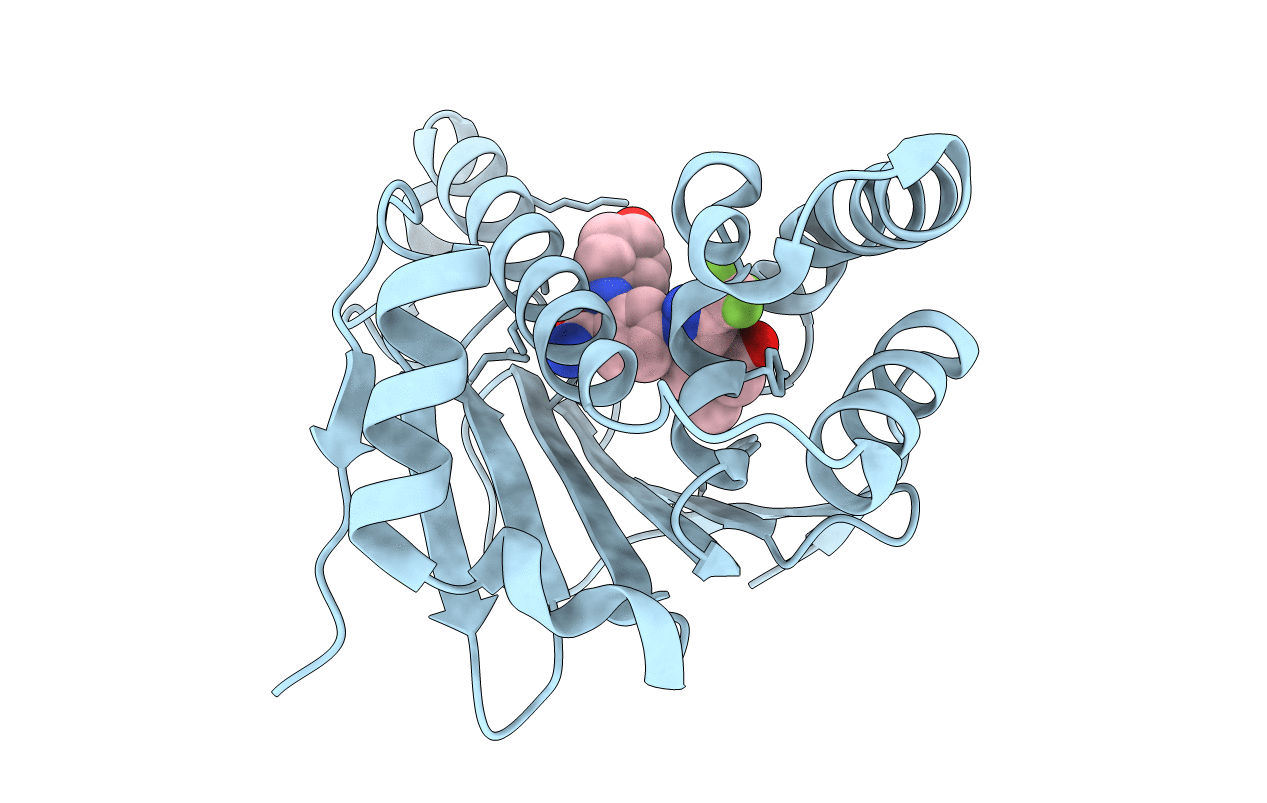
Deposition Date
2020-01-22
Release Date
2021-01-27
Last Version Date
2023-11-29
Method Details:
Experimental Method:
Resolution:
2.14 Å
R-Value Free:
0.22
R-Value Work:
0.19
R-Value Observed:
0.19
Space Group:
I 2 2 2


